Start Exploring Keyword Ideas
Use Serpstat to find the best keywords for your website
How To Get Your Website To The Top Of SERPs Without SEO Knowledge [Ratatype's Experience]

In this article, we will share a story of how we found a way to achieve this goal, as well as some actionable tips. Let's go!
- How To Determine The Project Goals
- How To Formulate A Website Optimization Plan
- Why Did We Choose Serpstat Four Our Tasks?
- How To Find Competitors In Search Results
- How To Analyze Competitors
- How We Got Our First Backlinks
- How We Used Outreach
Our Mistakes
Our Results
Setting Goals And Devising An Action Plan
At the beginning of 2019, we released two new versions of the website: Ratatype.fr and Ratatype.es. And in the year's second half, we began their optimization and promotion. It's worth noting that we didn't have any prior experience. Luckily, Serpstat helped us figure everything out.
How To Determine The Project Goals
- Where do we want to promote our business: just our market or also foreign markets?
- Are there any potential customers in the region? What is the size of the target audience? Are there any local communities?
- What are the competitors in the industry and their characteristics (distinctive features, positioning, popularity, etc.)?
How To Formulate A Website Optimization Plan
It's vital to focus on both the big picture and minor details, and answer the following important questions:
- What? What are the tasks we need to complete to achieve the goal?
- Who? Who will be responsible for which tasks? Do we need extra help and resources?
- When? What is an appropriate timeframe for achieving the goal?
- How much? What's the necessary budget?
Why Did We Choose Serpstat Four Our Tasks?
- Speed up and automate the search for competitors in the industry;
- Thoroughly analyze competitors' backlink profiles;
- Analyze our backlink profile, and monitor the dynamics;
- Collect relevant keywords that were missing on our website.
How We Optimized and Promoted Our Websites
How To Find Competitors In Search Results
- manual;
- automatic (using Serpstat
Both methods work. However, manual search for competitors tends to be very time-consuming, and some results may inaccurate. Therefore, we prefer the latter.
Serpstat has a tool that collects any domain's relevant competitors based on the similarities in keywords. All you need to do is go to Domain Analysis → SEO Research→ Competitors, enter our domain in the search bar, and select the database and region.
Here's our list of competitors in organic search, with plenty of useful SEO metrics:
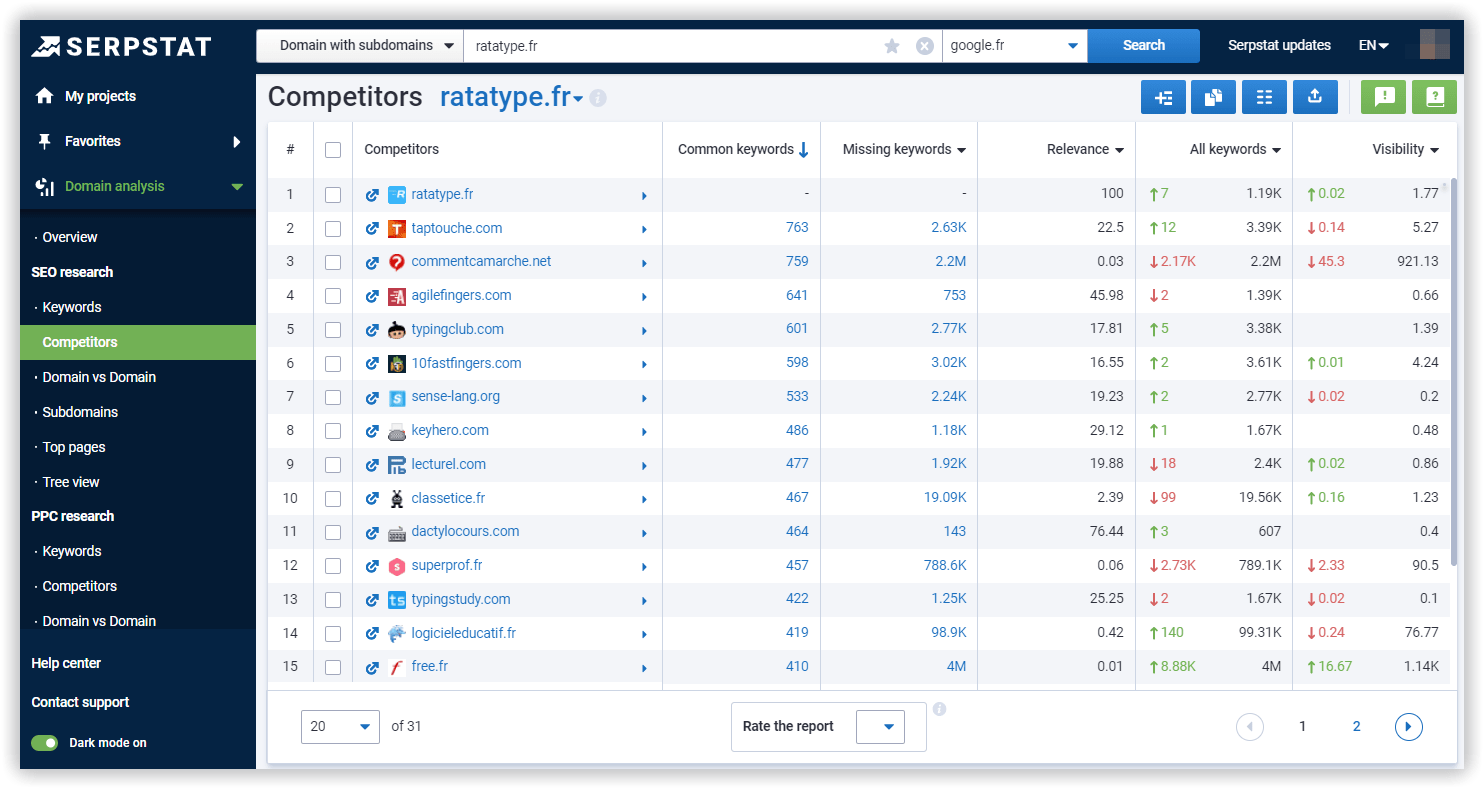
The closer on the graph the website is to yours, the more relevant of a competitor it is.
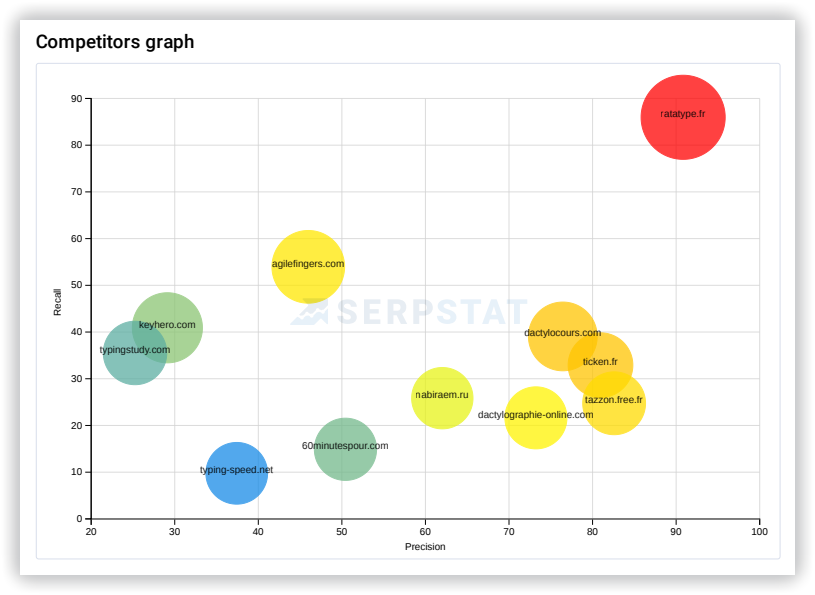
Next, add competitors to a table with all the necessary metrics:

How To Analyze Competitors

When analyzing a competitor, we try to understand its link strategy. Let's say competitors have a lot of links from forums, it means they use crowd marketing.
If they have many backlinks from site analyzers and directories, it probably means that a competitor uses cheap ways of link building.
Let's take a look at an example of how we analyze a competitor's backlink profile.
We enter a competitor's domain in the search bare, select Backlink Analysis → Referring Domains and get the list of websites that refer to it:
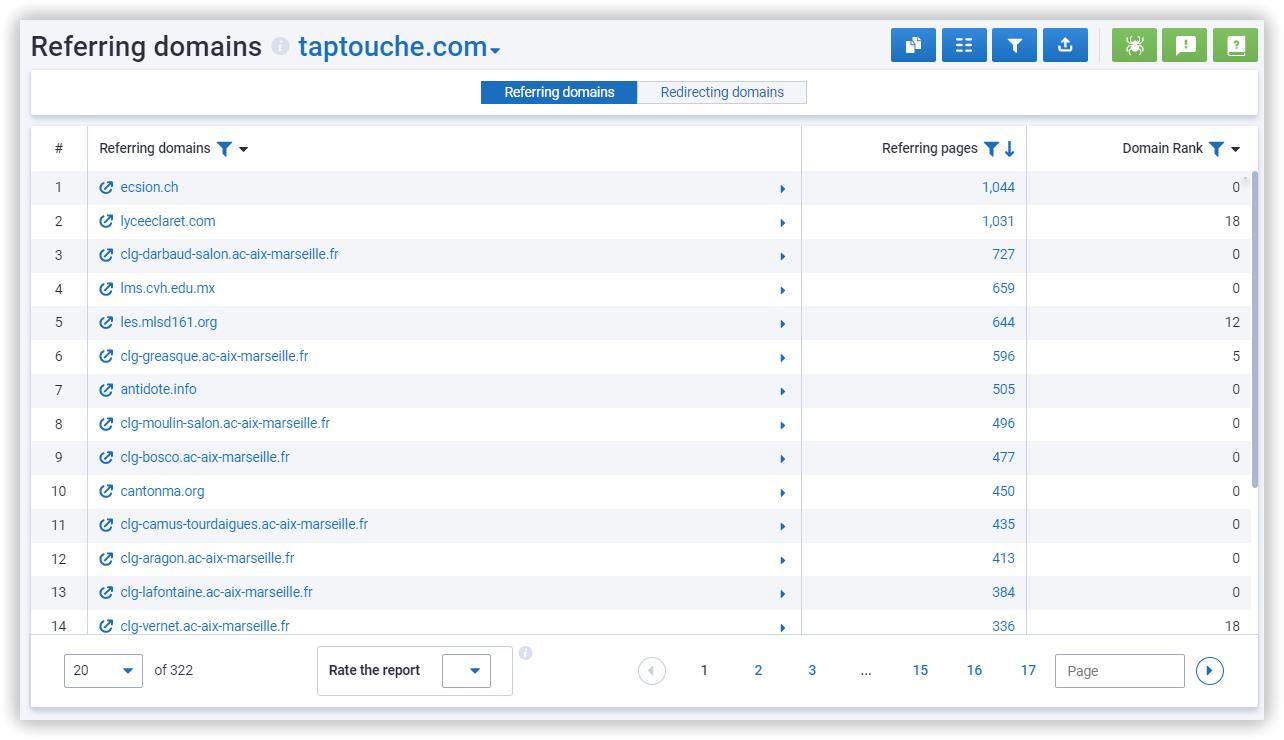
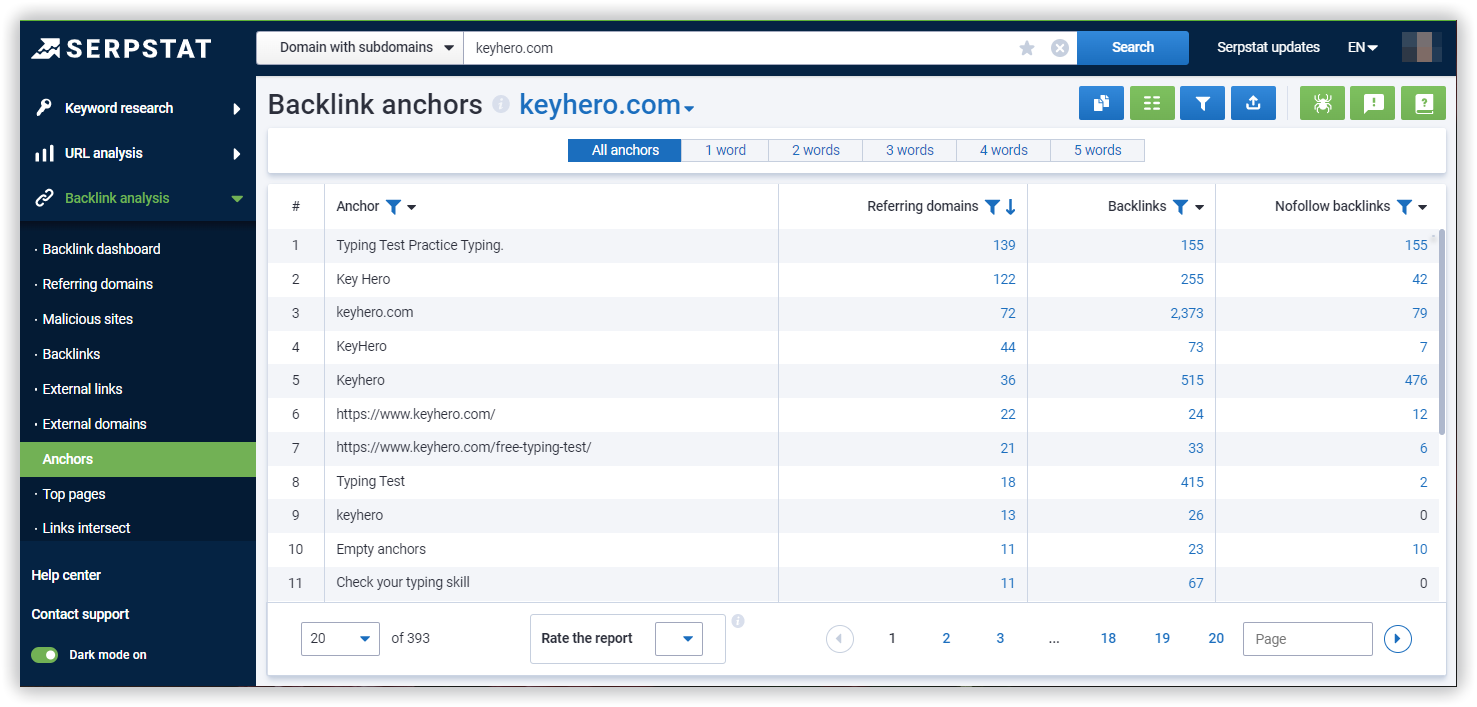
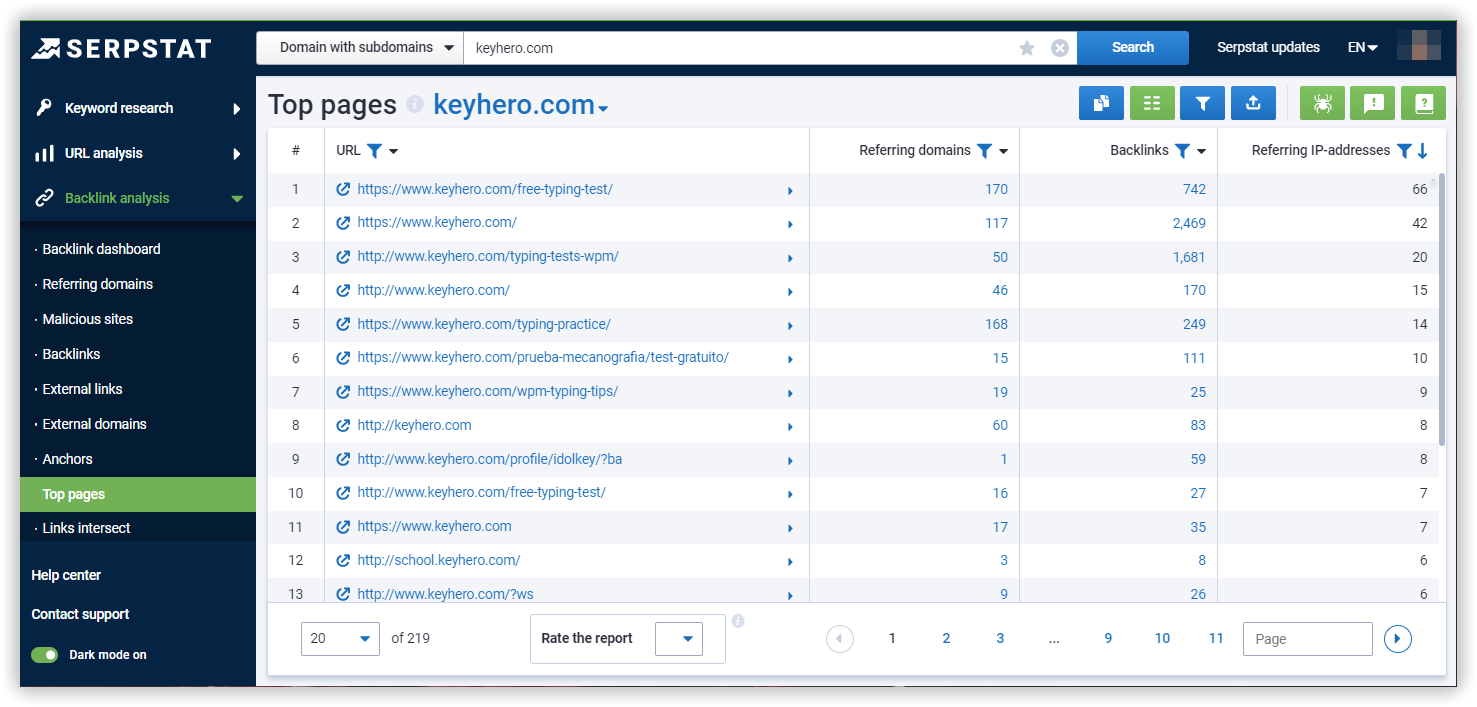
How We Got Our First Backlinks
- Directory websitesThese are pretty much lists with websites. It is easy to find them - just search for directory submission, directory, directory list, etc. We managed to find more than a hundred of them. We checked each website and removed poop-performing ones, as a backlink from a low-quality website will do more harm than good. We also filtered out paid ones.
- Job search websitesYou can create a company profile on such websites and leave a link to your website. We found around 50 of them.
- Presentation SharingYou can get a link to your website from slide-sharing websites. To get a link, you need to make a presentation on a topic relevant to your website, and add a link to your website in the description. Then, upload the presentation to the service and make it public.
- Social mediaWe created company profiles on social media, like Facebook, LinkedIn, etc.
Make the profile natural, add photos, contacts, etc. - Video HostingIt's a type of resource for downloading and watching videos. You can find them by googling video hosting, video sharing, etc. Add your videos to such sites, and leave links in descriptions.
How We Used Outreach
- We selected 10 quality websites for each language version of our website and sorted them by traffic;
- We prepared email templates for each type of website and began to contact the editors to discuss link-building options;
- For each platform we came to an agreement with, we prepared an article with a link to our website.
We ended up publishing on two excellent websites, with traffic of about 1 million/month each. After the publication went live, we received a lot of unexpected bonuses: additional free traffic, a boost for the brand, and a new level of website traffic in general. You can see the results yourself:
Internal Website Optimization
We already had our list of competitors, so we started analyzing each website's keyword list. To do this, we used the Serpstat Domain Analysis → SEO Research → Keywords.
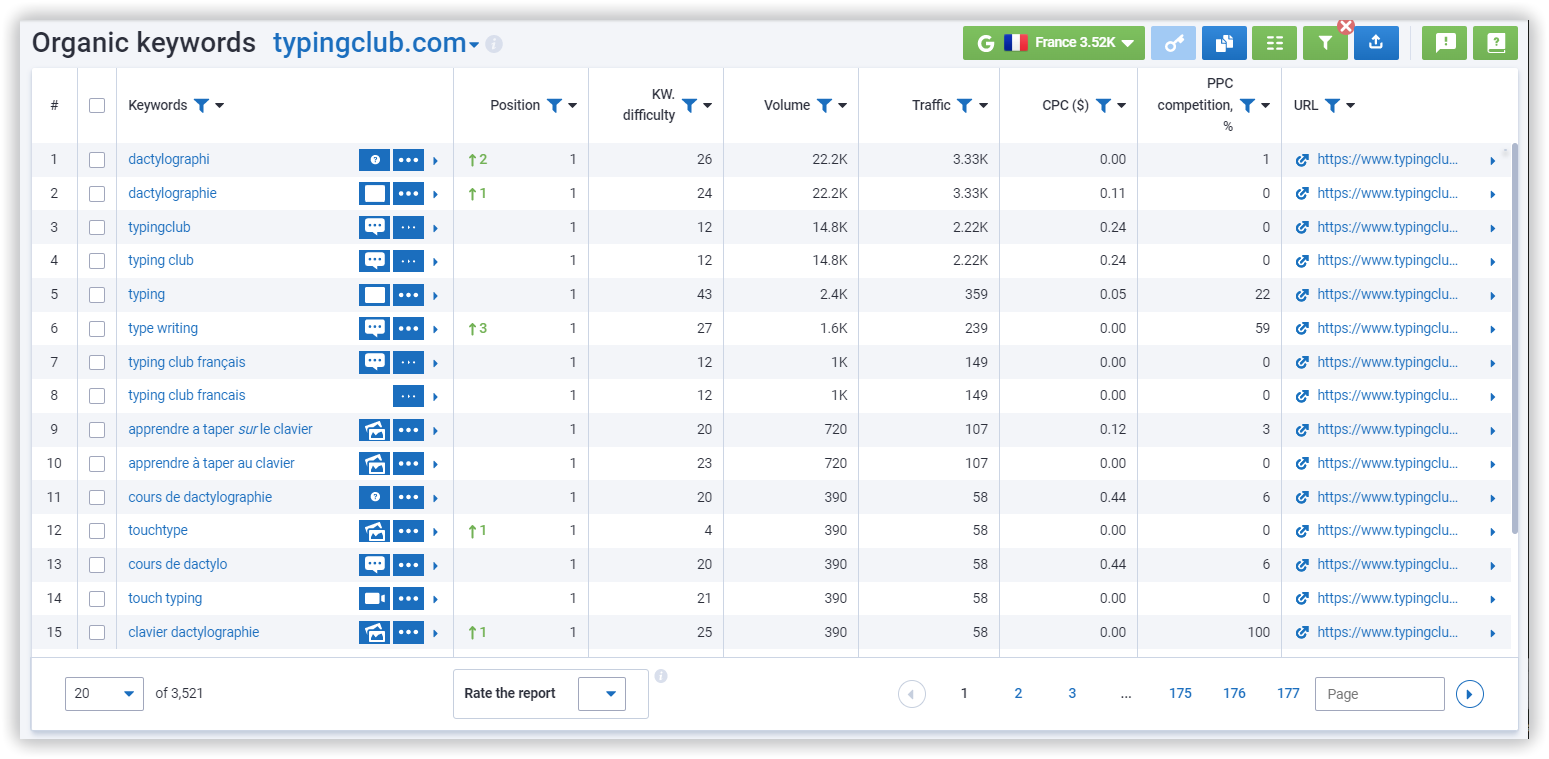
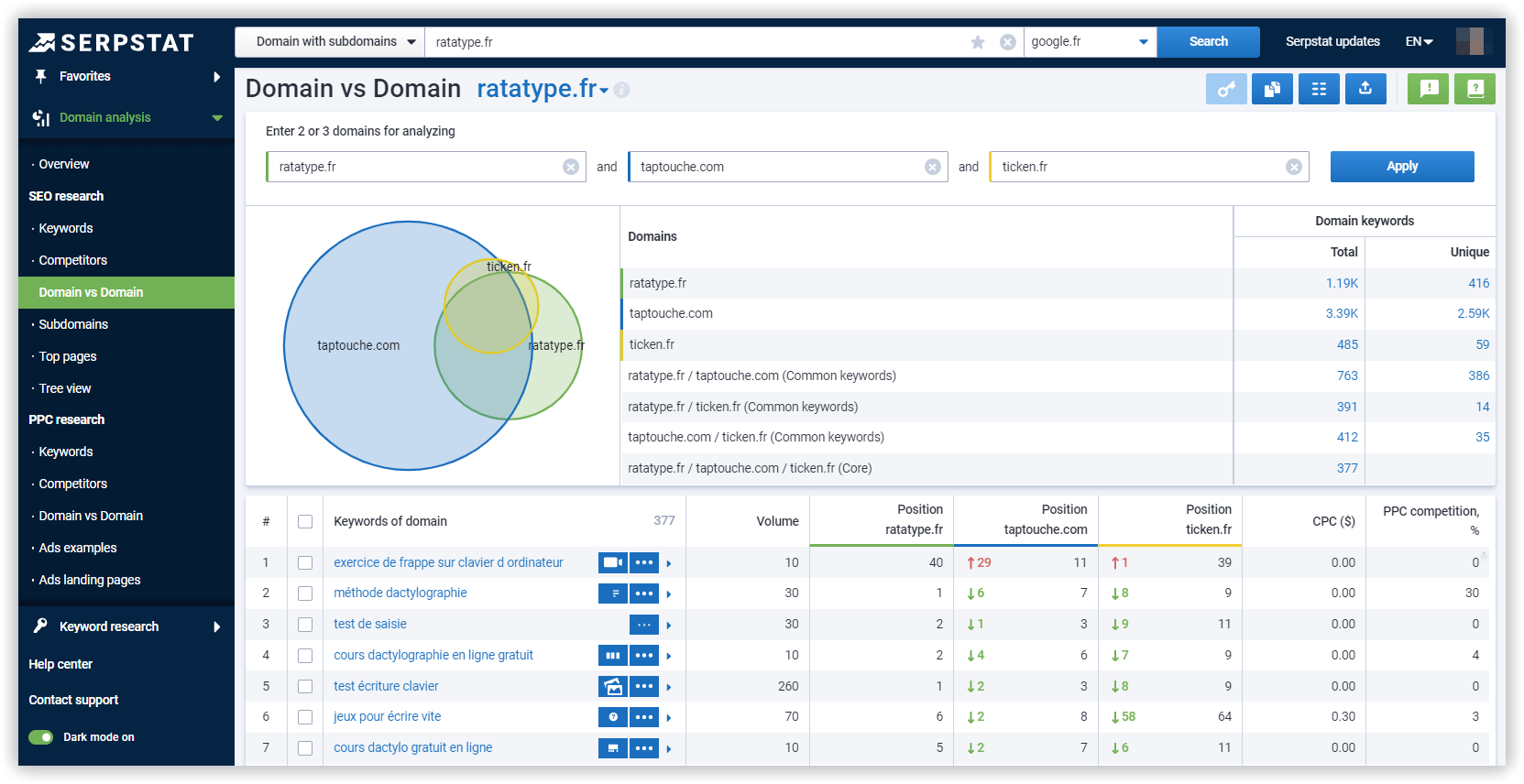

Our Mistakes
Therefore, we neglected such essential factors as the country population or search volume. (For instance, just the U.S. has 4 times more population than Spain and France have together). As a result, our goals were exaggerated —10K on two sites. Therefore, it is crucial to thoroughly research the market and competitors' experiences. Unattainable goals negatively affect the business and demotivate the team.
Well, we didn't get any benefits from them.
And here were our mistakes:
- we didn't take into account the distribution of traffic between desktop and mobile (our primary traffic is desktop, and mobile prevailed at the websites);
- we didn't analyze where users came from to these sites. It turned out that visitors usually came to the website using targeted keywords, rather than going to the homepage.
Our Results
Thanks to this experience, we have found a mechanism, using which we can promote our new language versions. After these, each new version will be much faster and easier. This result was due to hard work, faith in the product, and Serpstat, of course.
Speed up your search marketing growth with Serpstat!
Keyword and backlink opportunities, competitors' online strategy, daily rankings and SEO-related issues.
A pack of tools for reducing your time on SEO tasks.
Discover More SEO Tools
Backlink Cheсker
Backlinks checking for any site. Increase the power of your backlink profile
API for SEO
Search big data and get results using SEO API
Competitor Website Analytics
Complete analysis of competitors' websites for SEO and PPC
Keyword Rank Checker
Google Keyword Rankings Checker - gain valuable insights into your website's search engine rankings
Recommended posts
Cases, life hacks, researches, and useful articles
Don’t you have time to follow the news? No worries! Our editor will choose articles that will definitely help you with your work. Join our cozy community :)
By clicking the button, you agree to our privacy policy.

